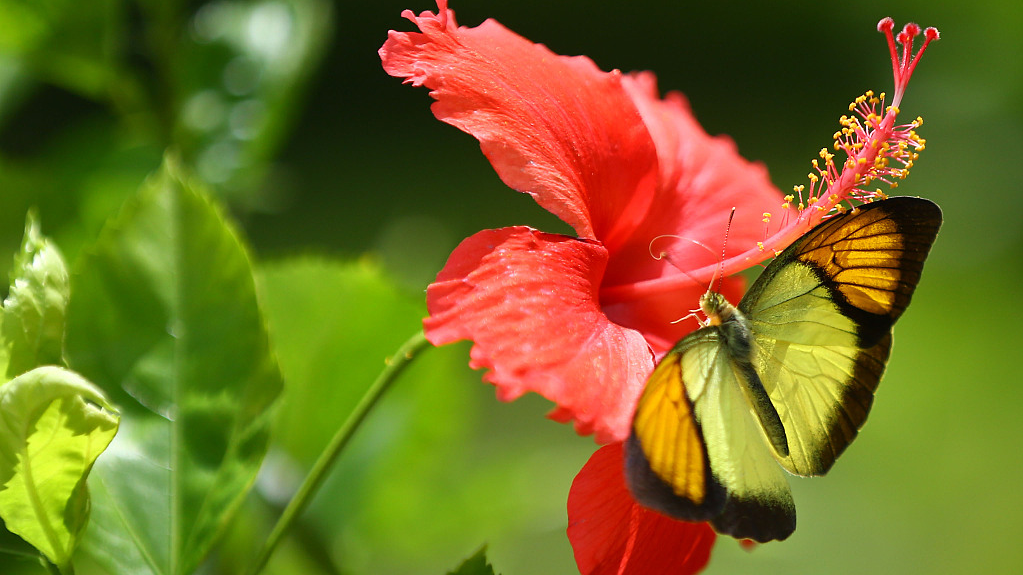On July 28, 1960, the then-Prime Minister of Malaysia, Tunku Abdul Rahman Putra Al-Haj declared the hibiscus, or more specifically its subspecies hibiscus rosa-sinesis, the national flower.
The decision was the result of a two-year selection process initiated by Malaysia's Ministry of Agriculture in 1958, a year after the country gained independence. Every state government was invited to propose a national flower.

Back then, seven flowers were shortlisted including hibiscus, ylang ylang, jasmine, magnolia, lotus, rose, and medlar.
And the hibiscus' vibrant colors made it stand out; it also represented the people's courage and vitality. Its five conspicuous petals correspond to the five National Principles.
The flower is also known as bunga raya in Malay, where raya means "celebration" or "grand," and the flower literally means "celebratory flower" to reflect the celebration of unity in a multicultural nation.
Aside from its cultural significance, the flower can be used to polish shoes. Simply rub the pedals against the leather shoes, and they will appear brand new, as if you had just purchased them.
The flower can also be used to make a tea that is said to help lower blood pressure. While the plant's roots are used to make herbal mixtures to treat hair loss, excessive coughing, and head lice.
Read more:
The Power of Flower: How does the cherry blossom influence Japan?
The Power of Flower: Rose of Sharon
The Power of Flower: Scabiosa butterfly blue
The Power of Flower: Chamomile flower
(All photos via VCG)
(If you have specific expertise and want to contribute, or if you have a topic of interest that you'd like to share with us, please email us at nature@cgtn.com.)